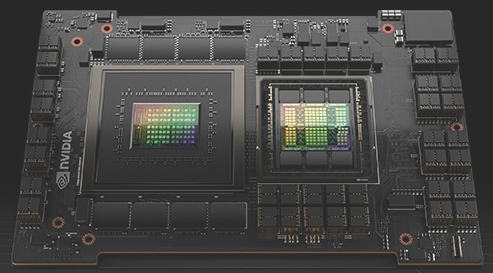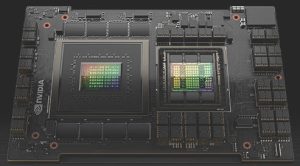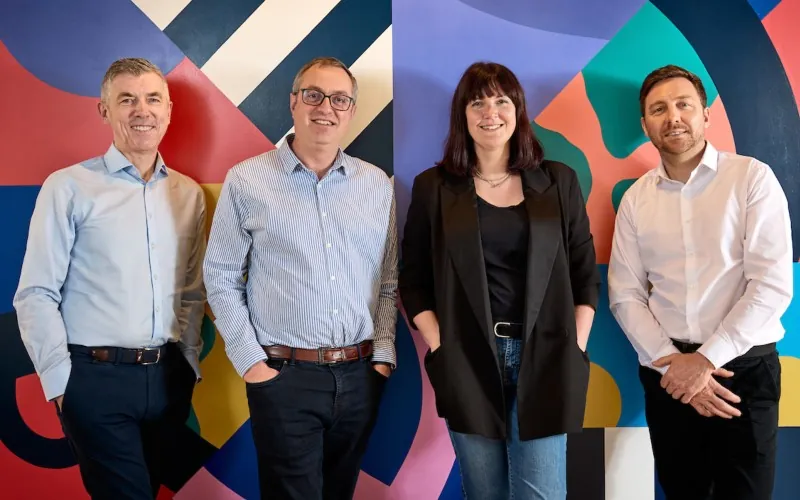Most Read articles – ARM supercomputer, Raspberry Pi flightracker, TSMC roadmap

What are the topics covered? There’s Nvidia’s Arm-based supercomputer, IBM’s quantum-centric supercomputer, a Raspberry Pi-based flight tracker, a UK startup’s plans for floating nuclear power plants, and TSMC revealing its advanced technology roadmap for the next three years…
 5. Nvidia and Bristol University build Arm-based supercomputer
5. Nvidia and Bristol University build Arm-based supercomputer
NVIDIA today announced a supercomputer built on its Arm-based Grace CPU. It will achieve about 2.7 petaflops of FP64 peak performance and consume less than 270 kilowatts of power, ranking it among the world’s three greenest non-accelerated supercomputers. The project is being led by the University of Bristol, as part of the research consortium the GW4 Alliance, together with the universities of Bath, Cardiff and Exeter.
4. IBM plans to build 100,000 qubit quantum computer
IBM has announced a 10-year, $100 million initiative with the University of Tokyo and the University of Chicago to develop a quantum-centric supercomputer powered by 100,000 qubits. Quantum-centric supercomputing is an entirely new, and as of now, unrealized, era of high-performance computing. A 100,000-qubit system would serve as a foundation to address some of the world’s most pressing problems that even the most advanced supercomputers of today may never be able to solve, e.g. chemical reactions and the dynamics of molecular processes.
![]() 3. Raspberry Pi flight tracker takes off with Flightradar24 [Gadget Master]
3. Raspberry Pi flight tracker takes off with Flightradar24 [Gadget Master]
Thanks to the Raspberry Pi team for sharing this one – a Pi-based flight tracker. The idea is to receive signals, from aircraft transponders, and track flights. It uses a Raspberry Pi 3 Model A+, a Micro USB power supply, a microSD card (you may also need an SD card adapter), a USB ADS-B receiver dongle and a Raspberry Pi 3 Model A+ case (optional but recommended). Specifically, the maker used the NESDR Mini (TV28T v2) USB RTL-SDR, DVB-T & ADS-B Receiver Set). The heart of the system, however, is the use of the Flightradar24 software.
2. $100m raised by UK floating nuclear power plant startup Core Power
Five year-old UK startup Core Power has raised $100 million from maritime industry sources to develop floating nuclear power plants. Most of the money has come from 13 Japanese companies including Onomichi Dockyard and Imabari Shipbuilding. Core Power is collaborating in a $600 million development programme with TerraPower of the US, backed by Bill Gates, Southern Company of the U.S and Orano of France. Floating nuclear power plants are smaller, more efficient, safer and less expensive than on-shore plants and are unaffected by earthquakes.
 1. TSMC lays out a killer roadmap
1. TSMC lays out a killer roadmap
At TSMC’s European technology symposium in Amsterdam earlier this week, the company laid out it’s advanced technology roadmap for the next three years. Currently N3, which entered volume production in Q4 2022, is the most advanced process. Following it up is N3E which has passed technology qualification and achieved its performance and yield targets. It has received the first wave of customer product tape-outs and will start volume production in the second half of 2023. The number of new tape–outs for N3E is 1.5 to 2X that of N5 over the same period.













